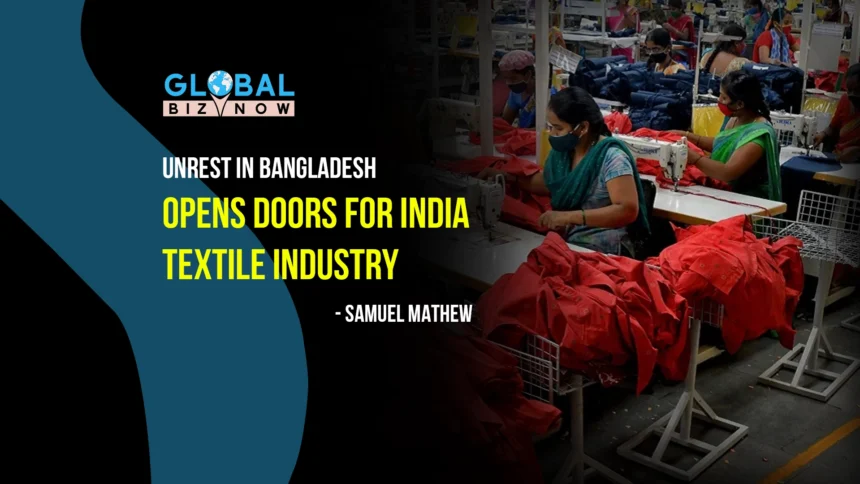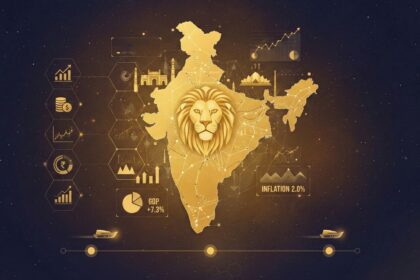The recent political turmoil in Bangladesh is proving to be a golden opportunity for India’s garment industry. As global brands seek to escape the uncertainty plaguing Bangladesh, they are increasingly turning to India, which offers a more stable and reliable supply chain. This shift is opening new doors for Indian textile manufacturers, positioning them to capture a significant share of the global market.
Political Unrest Impact
Bangladesh, once a powerhouse in the global garment industry, has seen its stability severely undermined by recent political unrest. The chaos has led global buyers to reassess their investments in the region, prompting them to seek more dependable alternatives. India, with its stable political climate and growing manufacturing capabilities, has emerged as a prime destination for these brands looking to mitigate supply chain risks.
Export Dynamics
In 2023, Bangladesh’s garment sector achieved remarkable growth, with exports surging by 92% to $47 billion, making it the third-largest exporter globally, after China and the European Union. However, the current instability is creating a window of opportunity for India. While Indian garment exports are currently less than half of Bangladesh’s figures, this shift in orders presents a substantial chance for growth.
Indian Hubs Benefiting
Several key garment manufacturing hubs in India are already seeing a surge in business. Cities like Tiruppur (Tamil Nadu), Ludhiana (Punjab), Surat (Gujarat), Jaipur (Rajasthan), and Noida (Uttar Pradesh) are experiencing a notable influx of new orders from international buyers. This increase in activity is not only boosting local economies but also strengthening India’s position in the global textile supply chain.
Companies Poised for Growth
Indian textile giants are seizing this opportunity with enthusiasm. Companies such as Raymond, Arvind Mills, and KPR Mills are capitalizing on the growing demand. Raymond, for example, has made significant investments to expand its production capacity, positioning itself to handle the new wave of orders. This proactive approach ensures that Indian exporters are well-placed to attract and meet the needs of international buyers seeking alternatives to Bangladesh.
Competitive Edge
India’s competitive advantage lies in its comprehensive supply chain capabilities. Unlike Bangladesh, which primarily focuses on garment production, India offers a complete fabric-to-garment supply chain. This vertical integration enhances reliability and efficiency, making India a more attractive option for global brands looking for a seamless production process and stable supply chain.
Seasonal Orders and Market Position
The current influx of unseasonal orders has been a significant boon for Indian textile manufacturers. Traditionally, orders are placed during specific seasonal windows, but the unexpected demand has provided an additional revenue stream. This shift not only offers immediate benefits but also positions India favorably in the long term, as it solidifies its role as a key player in the global garment market.

















